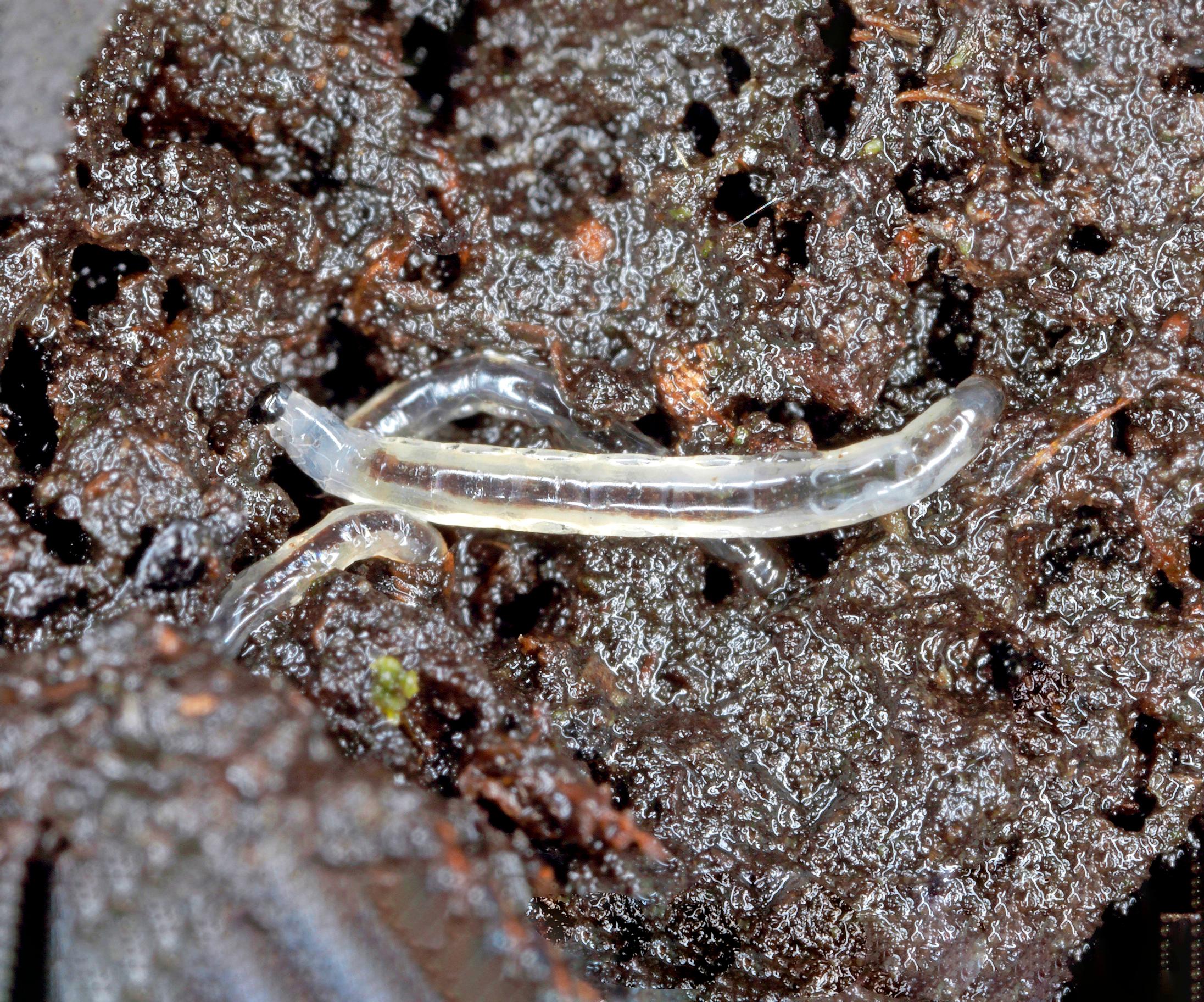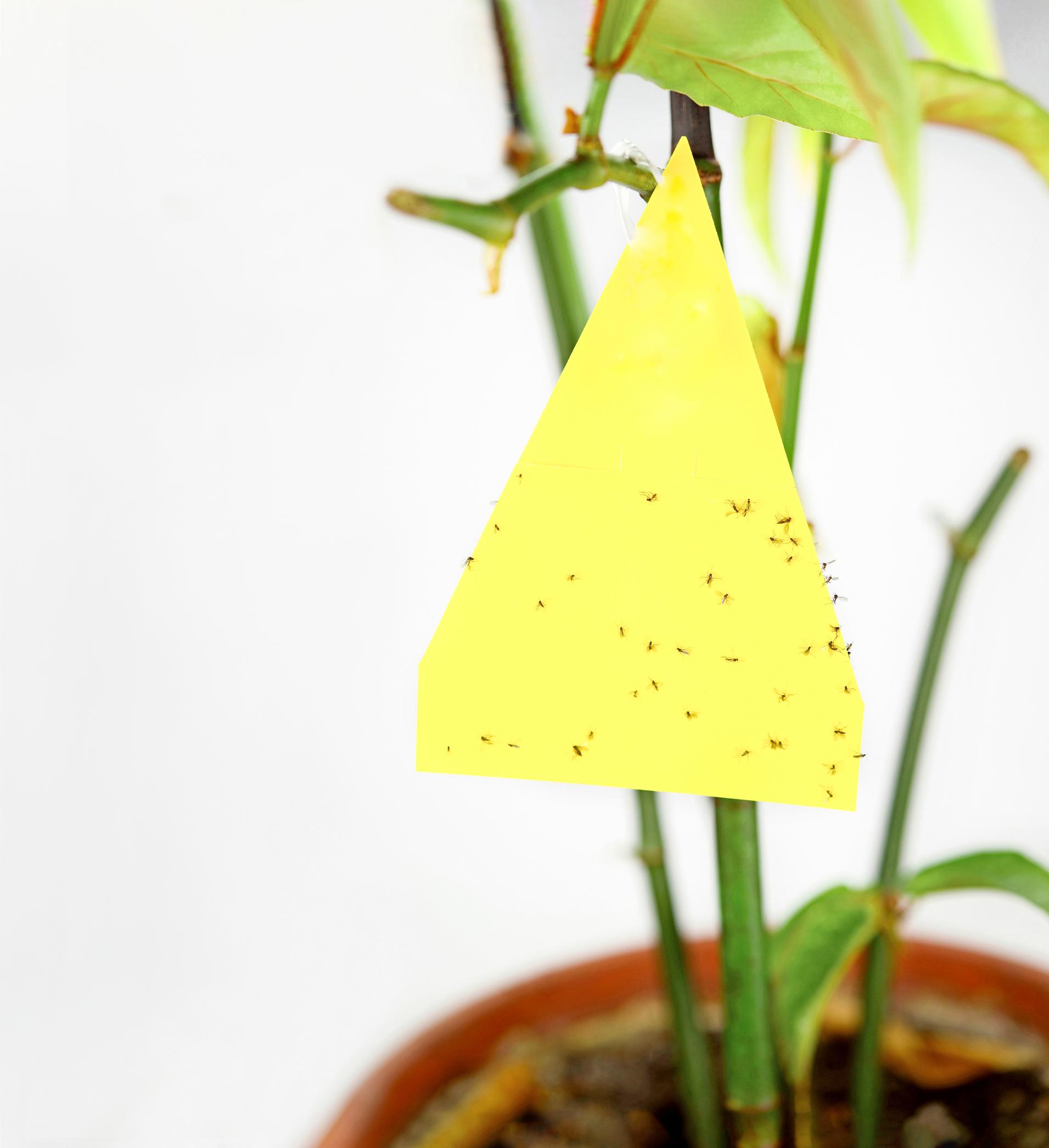
Fungus gnats bugging your plants? Pay attention to watering and try the potato trick or predatory mites
Fungus gnats can easily make their way into your home with potting soil, plant root balls, or potted vegetables. Their translucent larvae cause the worst damage. Read on to learn how to control fungus gnats!
Where do fungus gnats come from?
Fungus gnats can live in houseplants year-round and rarely cause noticeable harm. They can also hitch a ride from the store to your home in potting soil, plant root balls, or potted vegetables. The insects may also lay eggs in potting mix bags. If you suspect the package contains fungus gnats, freeze it in a sealed plastic bag twice, a few days apart. Let the soil dry before use to destroy eggs, larvae, and pupae.
What damage do fungus gnat larvae cause?
Small seedlings and rooting cuttings are harmed the most by fungus gnats, as the larvae consume their delicate roots. They also feed on growth points, fallen leaves, decaying organic matter, and algae.
The life cycle from egg to adult takes three to four weeks. A female, which lives about a week, lays 100–150 eggs on the soil surface that hatch in a few days. The larvae measure about 6–8 mm (0.25–0.3 in) in length.

Can you trap the larvae?
If you place potato wedges on the soil surface and lightly cover them, they attract the larvae. Examine the traps daily, remove any larvae you find, and replace dried wedges with fresh ones.
Does biological control help with fungus gnats?
Predatory mites and nematodes intended for biocontrol can effectively target the larvae. Predatory mites spread on the soil surface are voracious and remain effective for up to several months. Nematodes are tiny beneficial organisms applied to the substrate by watering. You can apply predatory mites and nematodes at the same time.
Does the type of soil matter?
Sowing containers provide fungus gnat larvae not only with food but also with soil that stays moist. A bokashi compost or worm bin can also serve as a breeding ground. Removing wilted leaves from the soil surface and keeping the plant saucer clean reduces the food supply for gnats.
What about watering?
To minimize damage, avoid overwatering and let the topsoil dry out as much as possible. Bottom-watering seedlings helps keep the soil surface drier, but female gnats may still lay eggs through the container sides or drainage holes. This is why it’s best to alternate watering between the bottom and the soil surface.

Sources: Biological control expert Katrianna Leino, Tarhurinapu, Biotus.



